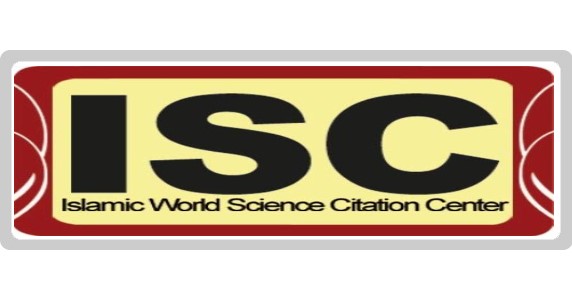Validation of the Neglected Curriculum Pathology Model in Secondary Education: A Case Study in Tehran
Keywords:
pathology, Neglected Curriculum, Secondary Education, Social Literacy, Financial Literacy, Technological Literacy, Environmental LiteracyAbstract
Purpose: The objective of this study was to validate a model for diagnosing neglected curriculum aspects in the secondary education system of Tehran. Methodology: This applied research utilized a descriptive-survey methodology. The study population included all secondary school teachers in Tehran, from which a random sample of 370 teachers was selected. Data were collected using a researcher-designed questionnaire that assessed eight dimensions of literacy with reliability coefficients ranging from α = 0.93 to α = 0.96. Confirmatory factor analysis, covariance analysis, and structural equation modeling were employed to analyze the data. Findings: The findings revealed significant correlations between causal, contextual, strategic, intervening, and consequential conditions and the neglected curriculum pathology model. These results indicate that the current secondary education curricula in Tehran require revisions and enhancements to comprehensively address the educational and developmental needs of students. Conclusion: This study emphasizes the importance of revising and improving the secondary education curriculum. The results highlight the need for greater focus on neglected literacy dimensions, which can contribute to the overall quality of education and student development. It is recommended that educational policymakers use these findings to enhance current curricula and adopt innovative strategies to increase their effectiveness










